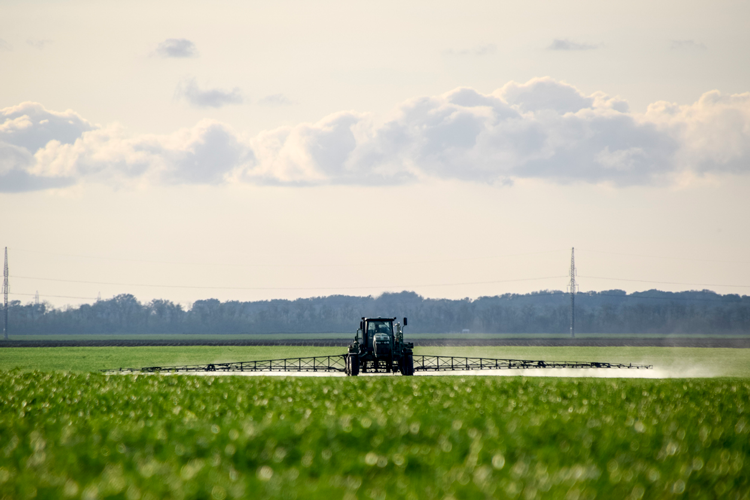
Nothing ever stays the same, and if we look at agriculture and beyond, the world has undergone tremendous change over the last two centuries.
What has been the most important and impactful invention for agriculture the last 150 to 200 years? Geopolitical analyst Jacob Shapiro answered that question during his presentation at the Professional Dairy Producers (PDP) Business Conference held last week in Madison, Wis.
“The most important invention of the past 150 to 200 years is not the iPhone, it’s not semiconductors, it’s not the internet, it’s not cars,” he stated. “It’s fertilizer.”
Shapiro, a partner with Cognitive Investments, shared a graph showing that nitrogen fertilizer usage really took off around the time of World War I. Total world population started to grow as fertilizer production expanded, and that is why Shaprio said this invention was so important. Today, about half the world’s population is completely dependent on food products grown with fertilizer.
One by-product of fertilizer use and agricultural efficiency is that, as farmers produce more and more food, the price of food goes down. “We continue to produce more with that fertilizer, and we are feeding more and more people, but ironically, the more milk you produce, and the more corn you grow, the lower your price goes and the harder it is to stay in business,” Shapiro recognized.
Shapiro said we have known about this problem for quite some time. In fact, when Herbert Hoover was head of the U.S. Department of Agriculture prior to his presidency, he saw a big opportunity for farmers who were struggling to make a profit selling to only U.S. consumers because of advances that had bolstered productivity. He recognized the need for food in Europe, where the agricultural complex had been destroyed by World War I. He also thought by supporting Europe, he could kill two birds with one stone and nip the rise of communism and fascism in the bud. That did not happen, Shapiro said, but he did save the U.S. farmer.
Since then, export markets have been a big part of U.S. agriculture. However, Shapiro noted that the world, specifically the global food system, is undergoing fundamental change that hasn’t been seen in 100 years.
The global food system, he explained, was set up for a unipolar world, where the U.S. was the dominant power. The U.S. has been the dominant global power for the last 35 years, and for the 60 to 70 years before that, Shapiro said the world was bipolar, with the U.S. and Soviet Union standing as the most powerful countries.
Shapiro believes we are now headed toward a multipolar world, where no one country is dominant. The last time we truly had a multipolar world, Shapiro said, was in the 1890s.
He explained that exports are not going away, but there are countries that have chosen to import food rather than grow it because they could import it inexpensively. If we become a multipolar world, some of these countries may decide they don’t want to rely on imports anymore and will produce more food themselves.
“For too long, we thought of the world as a single market,” Shapiro explained, where low prices and friendly relationships would mean we always had buyers for our products. But today, it is not one global market, and export opportunities will depend on where the U.S. has advantages and good political relationships.
“You may think geopolitics has nothing to do with U.S. agriculture, but I will tell you, it is right at the core of everything,” Shapiro said.








